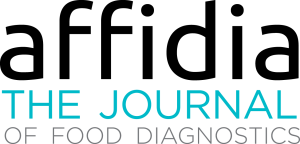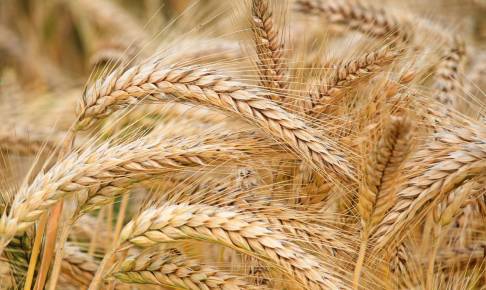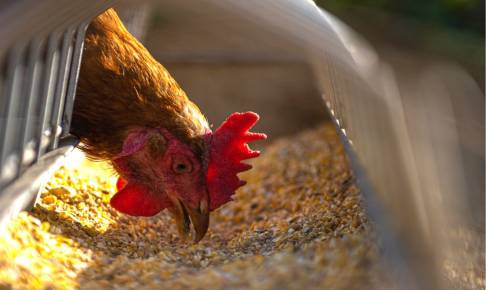Mycotoxins at the bar
Whether it is an administrative case or a criminal case, the consequences for noncompliance in the preparation and handling of foodstuffs and feedstuffs appear to vary widely. We interviewed four legal experts in the field.
The problem of safety of use in the cereal chain is primarily linked to mycotoxin contamination. ochratoxin A (OTA), zearalenone (ZEA), fumonisin B1 (FB1) and B2 (FB2), toxins T2 and HT2, deoxynivalenol (DON), and aflatoxins are the most frequently found mycotoxins in cereals and, through contaminated crops destined for the production of food and feed, they enter the food chain and become a threat to human and animal health. While agronomists and the milling industry are working to identify technologies to limit the presence of mycotoxins in grain and cereal products, especially whole grain products, governments have enacted specific regulatory frameworks.In Europe, Commission Regulation (EC) No 1881/2006 establishes the maximum limits for aflatoxins, OTA, DON, ZEA, and fumonisins in cereals and cereal by-products and specifies the raw materials or processed products to which these limits apply. For example, the maximum limit for OTA is 5.0 ?g/kg in unprocessed cereals; for DON it is 1250 ?g/kg in unprocessed cereals other than durum wheat, oats, and maize; and for ZEA it is 100 ?g/kg in unprocessed cereals other than maize.The European Commission has expanded its work to prevent the contamination of food by Fusarium toxins. Recommendation 2013/165/EU reports the EFSA CONTAM group’s (group of scientific experts on contaminants in the food chain) opinion on the risks to public and animal health related to the presence of T2 and HT2 toxins in food for humans and animals and establishes 100 ng/kg of body weight as a tolerable daily intake (TDI) for humans of the sum of the toxins T2 and HT2. However, based on the available data, human dietary exposure to the sum of T2 and HT2 toxins is estimated to be lower than this TDI for all age groups of the population. It therefore does not pose an immediate threat to health. “Indicative levels” of T2 and HT2 were established (for example, 100 ?g/kg in unprocessed cereals other than barley and oats) and EU member states have been invited to collect data and send it to EFSA for further evaluation.On the other hand, exposure to DON and acetylated and glucosylated forms of DON was recently evaluated as too high in some parts of the European population (infants, toddlers, and other children), higher than the suggested TDI of 1 ?g/kg of body weight. The primary sources of exposure to DON are grain and grain-derivedproducts (EFSA 2017). However, for the moment, the regulatory limits are still those established in 2006 for DON alone without including the acetylated and glucosylated forms of DON.Mycotoxin contamination in cereals intended for animal feed is regulated by Directive 2002/32/EC but this Directive is limited to aflatoxin B1. Italian data confirm that aflatoxins have been found in more than 95% of mycotoxin noncompliance cases, especially in milk and cheeses as a consequence of feedstuffs sometimes contaminated above the 5 ppb aflatoxin B1 safe level (cow feed). For the other mycotoxins (DON, ZEA, OTA, fumonisins), Recommendation 2006/576/EC indicates their specific reference values in cereals and cereal-based products intended for animal feed and compound feed. Commission Recommendation 2013/165/EC states that with regard to animal health, it is considered unlikel
The problem of safety of use in the cereal chain is primarily linked to mycotoxin contamination. ochratoxin A (OTA), zearalenone (ZEA), fumonisin B1 (FB1) and B2 (FB2), toxins T2 and HT2, deoxynivalenol (DON), and aflatoxins are the most frequently found mycotoxins in cereals and, through contaminated crops destined for the production of food and feed, they enter the food chain and become a threat to human and animal health. While agronomists and the milling industry are working to identify technologies to limit the presence of mycotoxins in grain and cereal products, especially whole grain products, governments have enacted specific regulatory frameworks.In Europe, Commission Regulation (EC) No 1881/2006 establishes the maximum limits for aflatoxins, OTA, DON, ZEA, and fumonisins in cereals and cereal by-products and specifies the raw materials or processed products to which these limits apply. For example, the maximum limit for OTA is 5.0 ?g/kg in unprocessed cereals; for DON it is 1250 ?g/kg in unprocessed cereals other than durum wheat, oats, and maize; and for ZEA it is 100 ?g/kg in unprocessed cereals other than maize.The European Commission has expanded its work to prevent the contamination of food by Fusarium toxins. Recommendation 2013/165/EU reports the EFSA CONTAM group’s (group of scientific experts on contaminants in the food chain) opinion on the risks to public and animal health related to the presence of T2 and HT2 toxins in food for humans and animals and establishes 100 ng/kg of body weight as a tolerable daily intake (TDI) for humans of the sum of the toxins T2 and HT2. However, based on the available data, human dietary exposure to the sum of T2 and HT2 toxins is estimated to be lower than this TDI for all age groups of the population. It therefore does not pose an immediate threat to health. “Indicative levels” of T2 and HT2 were established (for example, 100 ?g/kg in unprocessed cereals other than barley and oats) and EU member states have been invited to collect data and send it to EFSA for further evaluation.On the other hand, exposure to DON and acetylated and glucosylated forms of DON was recently evaluated as too high in some parts of the European population (infants, toddlers, and other children), higher than the suggested TDI of 1 ?g/kg of body weight. The primary sources of exposure to DON are grain and grain-derivedproducts (EFSA 2017). However, for the moment, the regulatory limits are still those established in 2006 for DON alone without including the acetylated and glucosylated forms of DON.Mycotoxin contamination in cereals intended for animal feed is regulated by Directive 2002/32/EC but this Directive is limited to aflatoxin B1. Italian data confirm that aflatoxins have been found in more than 95% of mycotoxin noncompliance cases, especially in milk and cheeses as a consequence of feedstuffs sometimes contaminated above the 5 ppb aflatoxin B1 safe level (cow feed). For the other mycotoxins (DON, ZEA, OTA, fumonisins), Recommendation 2006/576/EC indicates their specific reference values in cereals and cereal-based products intended for animal feed and compound feed. Commission Recommendation 2013/165/EC states that with regard to animal health, it is considered unlikel
Download content now





















